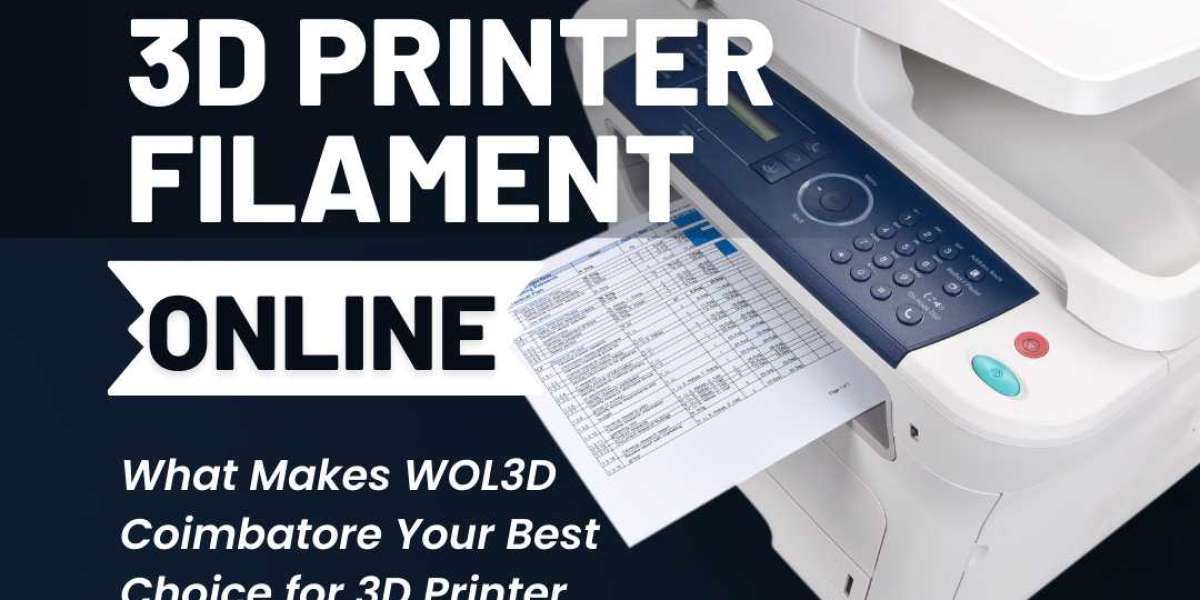The polycaprolactone (PCL) market is a burgeoning segment within the polymer industry, marked by its versatility, biodegradability, and wide-ranging applications across various sectors. Polycaprolactone is a biodegradable polyester with a low melting point, making it suitable for a diverse array of applications ranging from biomedical to packaging industries. Its unique combination of properties has spurred significant interest and growth in the market globally.
One of the primary drivers for the growth of the polycaprolactone market size is its increasing adoption in the biomedical sector. PCL's biocompatibility, biodegradability, and mechanical properties make it an ideal material for various biomedical applications, including tissue engineering, drug delivery systems, wound care, and medical implants. In tissue engineering, PCL scaffolds provide a three-dimensional structure for cell growth and tissue regeneration. Additionally, PCL-based drug delivery systems offer controlled release of therapeutic agents, enhancing treatment efficacy while minimizing side effects. The rising prevalence of chronic diseases, coupled with the growing demand for innovative medical devices and treatments, is driving the demand for polycaprolactone in the biomedical field.
Furthermore, the packaging industry represents another significant market for polycaprolactone. As consumer preferences shift towards sustainable and eco-friendly packaging solutions, there is a growing demand for biodegradable polymers like PCL. Polycaprolactone-based packaging materials offer excellent barrier properties, thermal stability, and biodegradability, making them suitable for applications such as food packaging, agricultural films, and compostable bags. With increasing awareness about environmental issues and regulatory pressures to reduce plastic waste, the demand for polycaprolactone-based packaging solutions is expected to rise in the coming years.
Moreover, the automotive industry is emerging as a promising for polycaprolactone market share. PCL's low melting point, flexibility, and impact resistance make it an attractive material for automotive interior components, such as dashboards, door panels, and seat cushions. Additionally, PCL-based composites can be reinforced with natural fibers or fillers to enhance mechanical properties while reducing weight, contributing to fuel efficiency and sustainability. With the automotive sector's growing focus on lightweighting, cost efficiency, and environmental performance, polycaprolactone is poised to find increasing applications in this industry.
In the 3D printing sector, polycaprolactone is gaining traction as a popular filament material due to its ease of printing, biodegradability, and compatibility with various printing technologies. PCL filaments offer good layer adhesion, low warping, and excellent printability, making them suitable for prototyping, modeling, and manufacturing of custom parts and products. As 3D printing technology continues to advance and penetrate diverse industries, the demand for polycaprolactone filaments is expected to grow, driving market expansion.
In conclusion, the polycaprolactone market companies is poised for significant expansion driven by increasing demand across multiple industries, including biomedical, packaging, automotive, and 3D printing. With its unique combination of properties, including biodegradability, versatility, and processability, polycaprolactone is well-positioned to play a vital role in addressing global challenges related to sustainability, healthcare, and manufacturing in the years to come.














